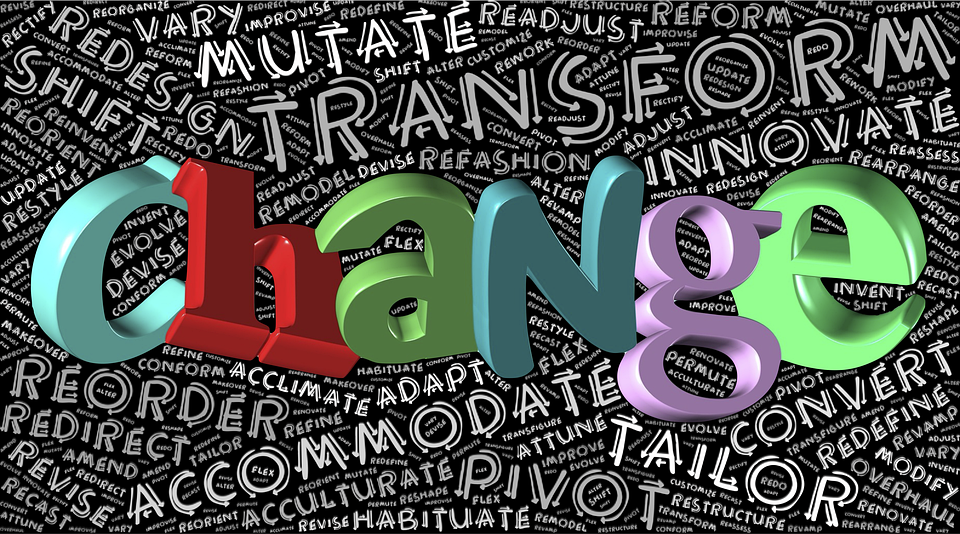I am currently working on several projects at different stages of design development that convert the existing built environment back to its natural state, or at least varying degrees thereof. For example, one project will convert a section of the road into a park. At the other extreme is a plaza that will need to be partially demolished to include more landscaping. Therefore, these projects require demolition, re-grading, new hydrology analyses, and the drainage system redesign. So, when we look at the demolition work and the re-designing of existing hardscape and other structures, I am reminded of how, as engineers, we design improvements that are meant to last decades and, therefore, are now a challenge to demolish and reconfigure.
Civil engineering has been and always be, as its definition indicates, the profession of designing and executing structural works that serve the general public. To that end, engineers have always designed with safety, stability, and durability; therefore, we have always designed things to last, sometimes overdesigned. Our goal was to tame the natural environment to make it fit into the built environment. However, as times have changed, and we, in my case at least, are now lifting pavement, sidewalks, drainage inlets, and piping to make way for more landscaping, permeable areas, rain gardens, and so on, we can see how, with some foresight, previous generations could have designed more environmentally friendly structures. However, the past is always 20-20, and future generations might say we are not going far enough now, which is why we need to look for ways to minimize the environmental impact continually.
Our drainage system in San Francisco is a great example of ambitious engineering but with little consideration for the long term or the environment. As many of you may know, San Francisco, like many other older cities, has a combined sewer system, which means that both the sanitary sewer and the storm sewer are connected and are, therefore, treated at various locations around the city, which makes for very clean water, usually, draining into the ocean or the Bay. However, this approach costs more money since the treatment plants have to accommodate both types of sewer effluent. Furthermore, letting the stormwater runoff drain back into the groundwater would make more sense, which is how nature normally works. We are seeing this done with the design and construction of rain gardens throughout the city. These landscaped sumps filter out pollutants and supply the local groundwater rather than transporting stormwater runoff rather large distances to drain into SF Bay and the Pacific Ocean.
Another practical approach we are seeing, which is more sustainable, is more rainwater harvesting and other water recycling. As we battle the effects of the longest-running drought in recorded history, we must go beyond cutting back on the water to harvesting rain whenever possible. In most homes today in San Francisco, as noted above, what little rain we get is mixed in with sanitary sewage, which is ludicrous. That same water could be stored and used for gardening or toilet flushing. We need to learn from the mistakes of the past and try to remedy them, as well as avoid making similar ones.

